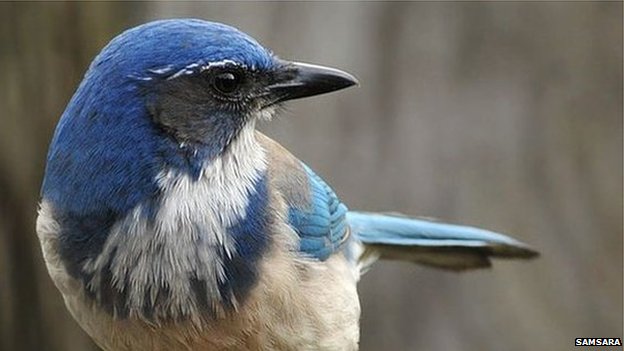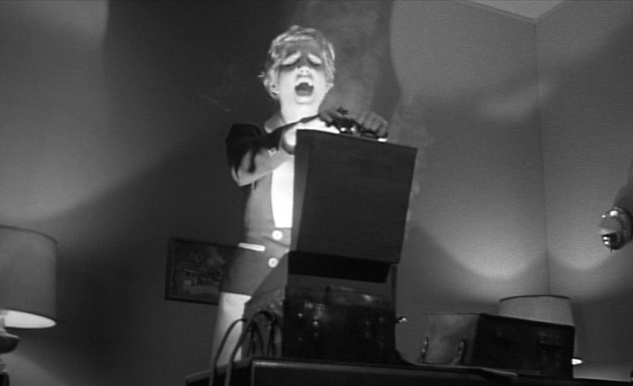I have a picture postcard of the Old Town of Prague, on the reverse of which there is printed a quotation from “The Dairies Of Franz Kafka”. For many years, in fact until yesterday, I assumed this was a misprint. It was only when I conducted some mopping up research into the whole business of Dobson and his Country Diary that I realised I had misread some of the paperwork. My source material actually referred to Dobson’s Country Dairy. This leads me to wonder if the picture postcard is indeed correct, and Franz Kafka, too, had his own dairy in the Bohemian countryside, over which his biographers have drawn a veil. I will look into this matter in due course, but for the time being, while I still have these masses of Dobsonia strewn around my boudoir, I think it best to winkle out what facts I can about the titanic pamphleteer’s dairy.
Apparently, one windy March morning in the early nineteen-fifties, Dobson made a sudden announcement at breakfast. He and his poppet, Marigold Chew, were in the midst of an experimental breakfast phase at the time, what with postwar rationing, and were tucking into boiled viper-heads on toast. Suddenly, Dobson put down his fork, finished chewing, swallowed, and said:
“God Almighty, I’ve had it up to here with this pamphleteering lark! I am out of print and nobody cares what I have to say about any topic under the sun. I think I shall retire to the countryside and surround myself with goats.”
“Anglo Nubian, Toggenburg, Golden Guernsey, or Bagot?” asked Marigold Chew, raising an eyebrow.
“I beg your pardon?” said Dobson, who had no idea what she was talking about.
“I am wondering which types of goats you intend to surround yourself with,” said Marigold Chew. Then, noting that Dobson’s countenance was expressive of the most profound bafflement, she added, “Those are the names of four breeds of goat. There are others, but I did not wish to overstimulate your brain and have it explode so early in the morn.” It was five-thirty, and the sun had not yet risen.
“In my world, a goat is a goat,” said Dobson, and he left the breakfast table to go rummaging in a pile of old magazines, one of which be brought back triumphantly.
“I knew I had this somewhere,” he said, “It’s The Listener, Vol I, No 16, 1st May 1929, and I kept it because it has a very interesting article by H S Holmes Pegler on goat-keeping. Listen to this. Many people have a prejudice against goat’s milk, thinking it has a peculiarly goaty flavour. This misapprehension has probably arisen from the experience of tourists in Switzerland and Italy where goat’s milk is in common use, and frequently offered in mugs or glasses which have not been properly cleaned.”
“And your point is?” asked Marigold Chew.
“My point is,” said Dobson, becoming exasperated, “That if I retire to the countryside and surround myself with goats, I can serve their milk to tourists in properly cleaned mugs or glasses and thus demonstrate that goat’s milk does not have a peculiarly goaty flavour. It’s a guaranteed money-spinner. Tourists will shun Switzerland and Italy with their goaty flavoured goat’s milk and throng to the Dobson Countryside Goat Dairy instead!”
So feverish with excitement was the pamphleteer that, leaving half a slice of toast and a boiled viper-head untouched, he leapt up again from the breakfast table, donned his Panamanian Canal Inspector’s boots, and crashed out of the door into a downpour. He caught the first bus of the new day into the countryside, alighting at a godforsaken spot on a blasted heath. It was desolate and windswept and foul, but in his mind’s eye Dobson saw a gleaming space age dairy with his name emblazoned over the gates, and happy goats frolicking and gambolling, and queues of tourists lining up to purchase properly cleaned mugs or glasses of non-goaty flavoured goat’s milk. The rain had stopped, briefly, and Dobson sat down on a stone and lit a cigarette and pondered his next step. The first thing to do, he decided, was to obtain some goats.
Dobson waited several hours before a countryside person hove into view, toiling across the heath with a pitchfork over his shoulder.
“Hail, peasant!” cried Dobson, “Tell me, where is the nearest goat shop?”
The rustic squinted at him.
“What sort of goats would you be after, sir?” he asked.
“In my world, a goat is a goat,” said Dobson for the second time that day.
“That’s as may be, sir,” said the peasant, pausing to flick bits of muck off the ends of his pitchfork with horny fingernails, “But I’d have to know whether you want Anglo Nubians or Toggenburgs or Golden Guernseys or Bagots before deciding which direction to point you in. But choose your goat, and point you I will, through copse or spinney, past brook or rill.”
“Is that some kind of rustic saying?”
“It is sir, countryside wisdom, hard won, and ancient, and timeless.”
“Look,” said Dobson, “It’s really very simple. I just want to buy a goat. Or several goats. I don’t care what type of goats they are.”
“Beware the man who chooses no goat,” said the peasant, and he brandished his pitchfork with some menace.
“Is that another rustic saying?” snapped Dobson. But it was a rhetorical question, and before the peasant could answer, the pamphleteer turned away and began trudging across the blasted heath as the clouds burst and rain began to fall again. Not for the first time, Dobson felt defeated by the countryside. By the time he reached home, hours and hours later, he had abandoned the idea of running a goat dairy.
“I am going to have another crack at pamphleteering,” he told Marigold Chew, and, still sopping wet, he sat slumped at his escritoire and wrote the opening lines of his pamphlet Let Tourists Go To Switzerland And Italy And Drink Goaty Flavoured Goat’s Milk From Improperly Cleaned Mugs And Glasses, And See If I Care! (out of print).



